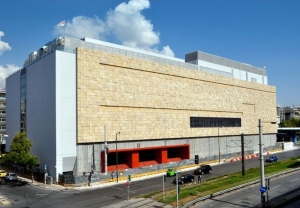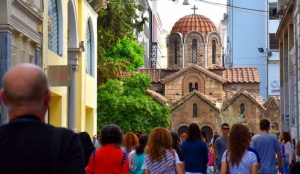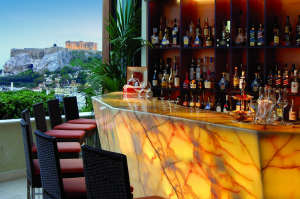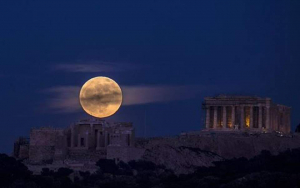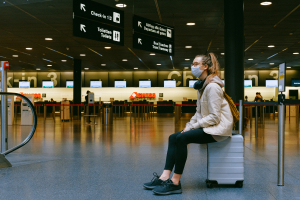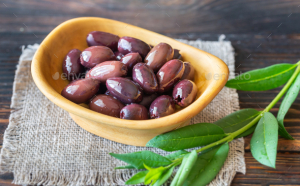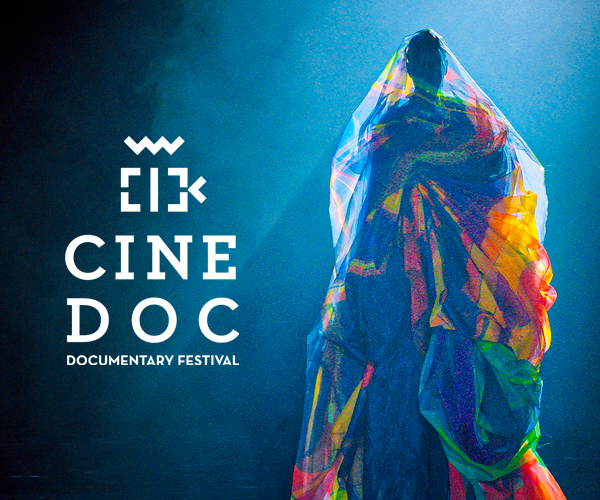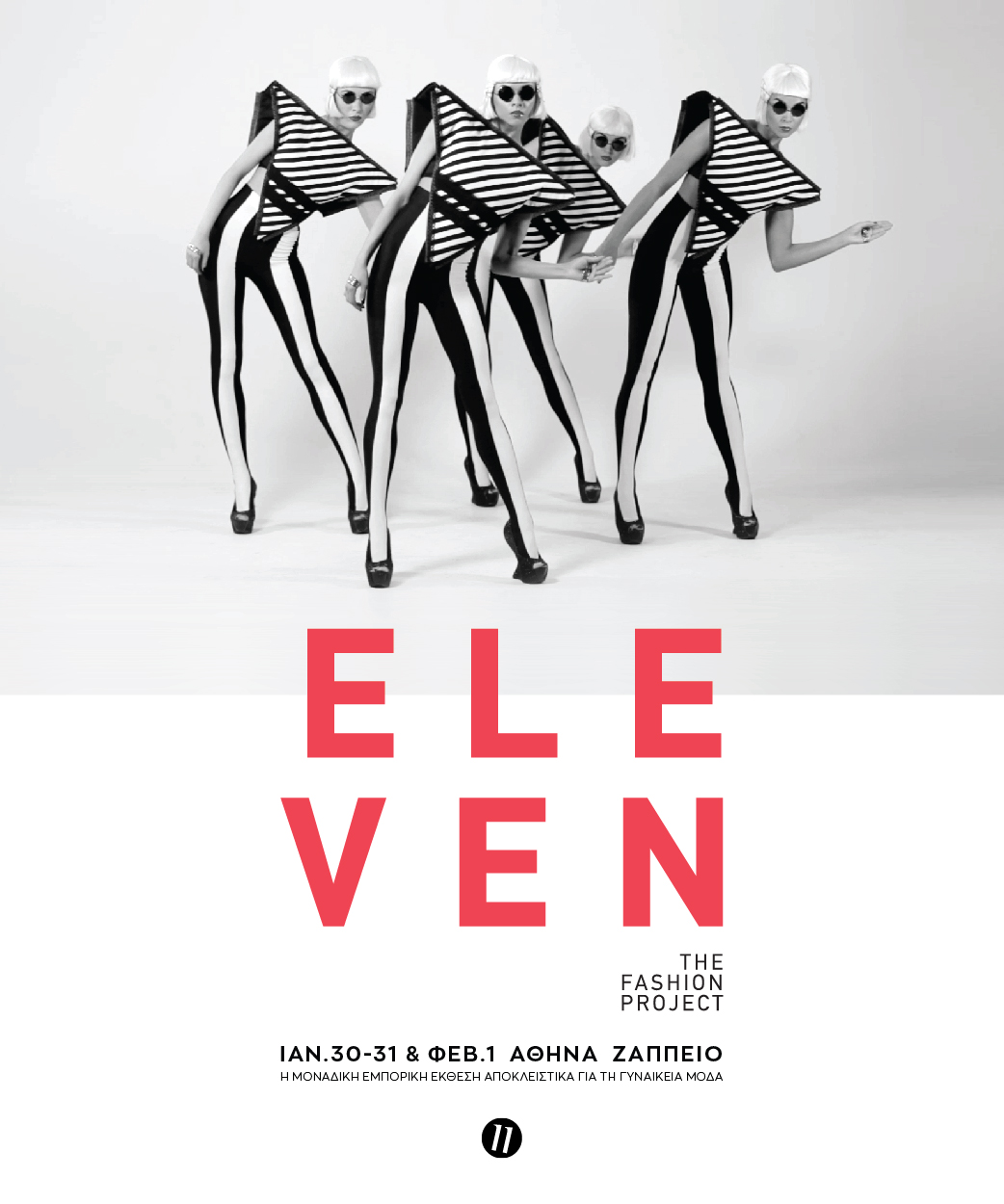XpatAthens
Greek Premier Promises Tax Cuts, Security
In the final straight of campaigning ahead of critical snap elections on Sunday, Prime Minister Antonis Samaras on Monday promised tax cuts and cast New Democracy as the safe choice for Greece opposite an inconsistent SYRIZA.
In a speech before the Athens Chamber of Commerce and Industry last night, Samaras said an ND administration would gradually reduce the corporate tax rate to 15 percent from 25 percent and scale back a unified property tax (ENFIA), starting with a 7 percent cut this year.
He lashed out at SYRIZA for a lack of clarity on tax pledges – he claimed the leftists would impose a “barrage of taxes” despite their claims to the contrary – and slammed the party’s plans to rehire sacked civil servants and reverse privatizations.
SYRIZA officials, for their part, insisted the party would introduce a fair tax system and crack down on large-scale evaders along with corruption.
Meanwhile, amid speculation about potential alliances, PASOK leader Evangelos Venizelos told Italian newspaper La Stampa he could work with SYRIZA’s leader. “Tsipras is like Harry Potter but if necessary we will cooperate with them,” he said.
To read more, please visit ekathimerini.com
Arcturos Offers Sanctuary To Bears That Cannot Go Home
Greece Unveils First Contemporary Art Museum
To read this article in full, please visit: Al Jazeera
Greek Orthodox Easter In Athens
Roof Gardens With Quality Food & Astonishing Views In Central Athens
ABOVE Rooftop Bar Restaurant
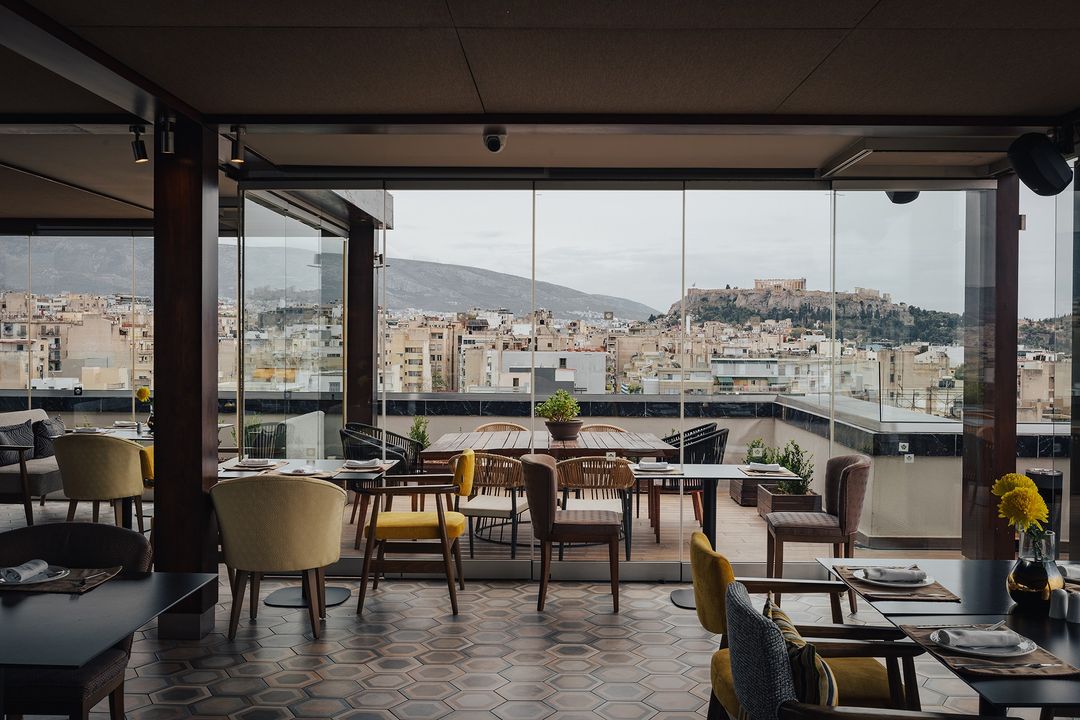
@above_rooftop_bar_restaurant
Telephone: 21 6800 9900
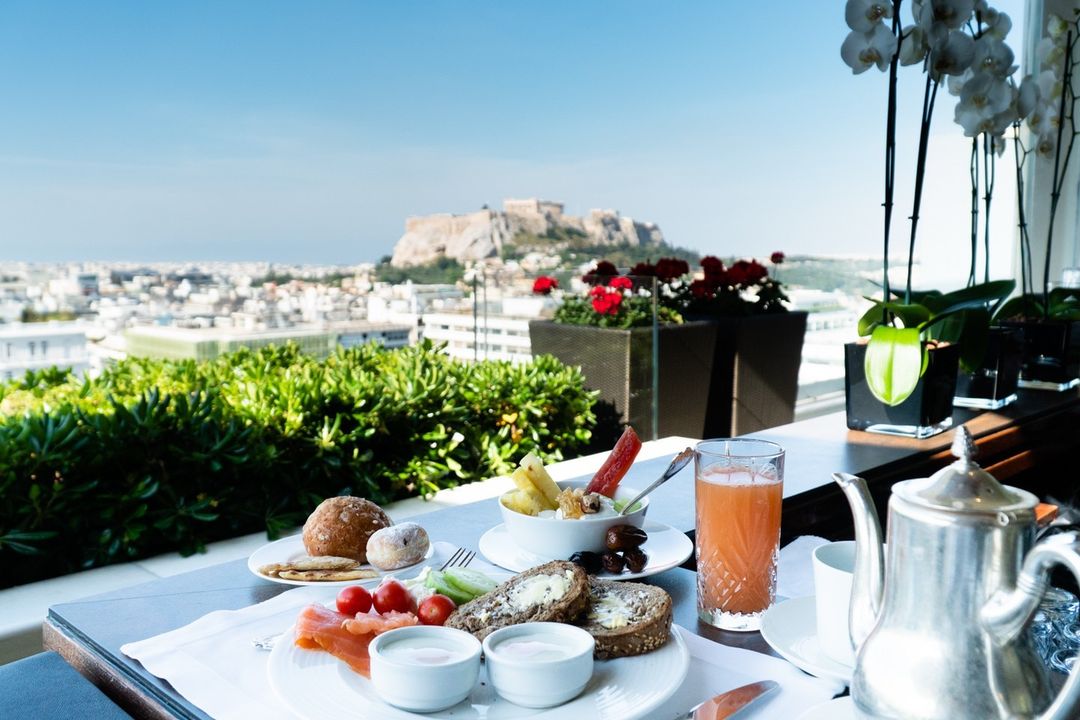
@hotelgrandebretagne
Telephone: 210 3330766
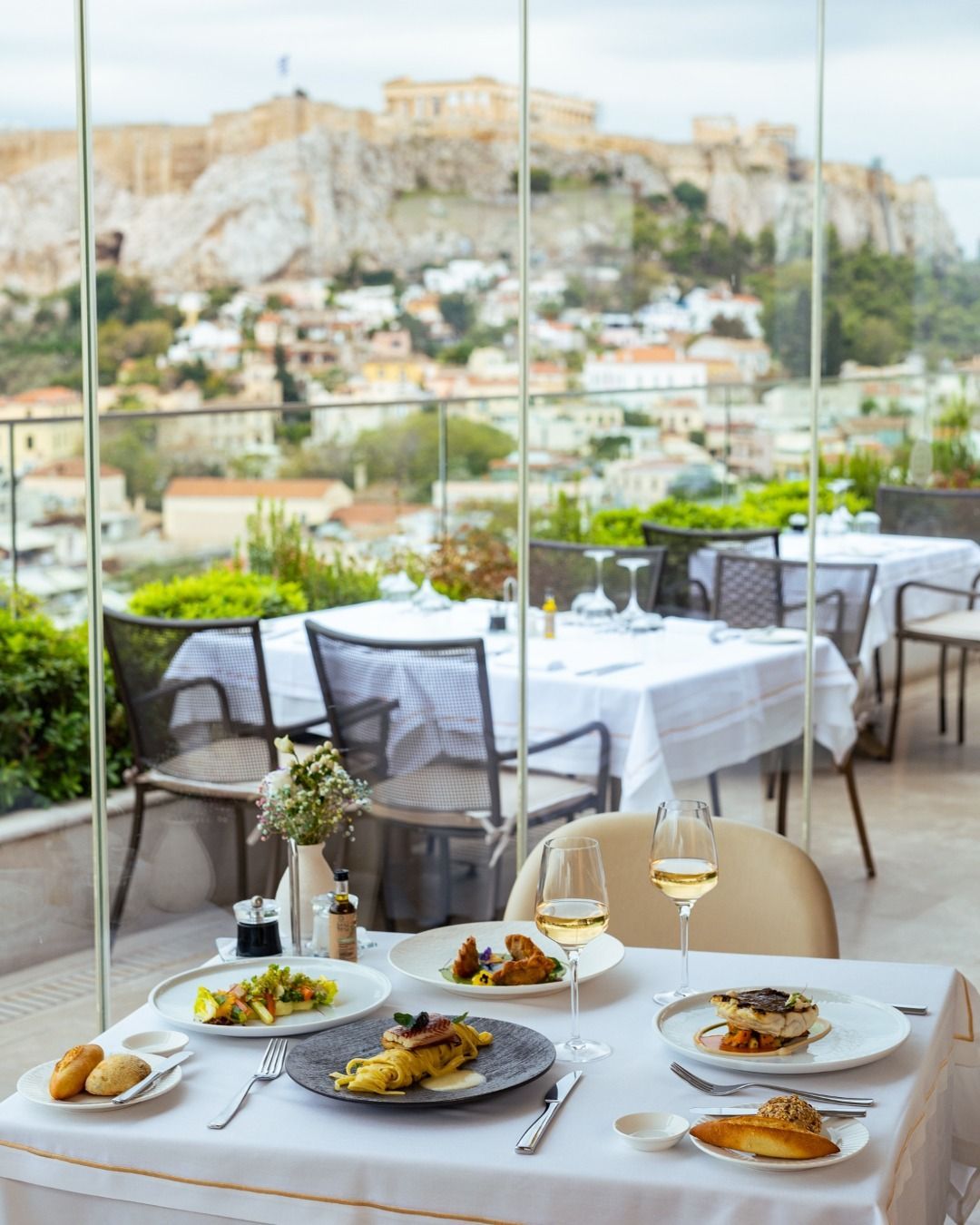
@electrametropolis
Telephone: 21 4100 6290
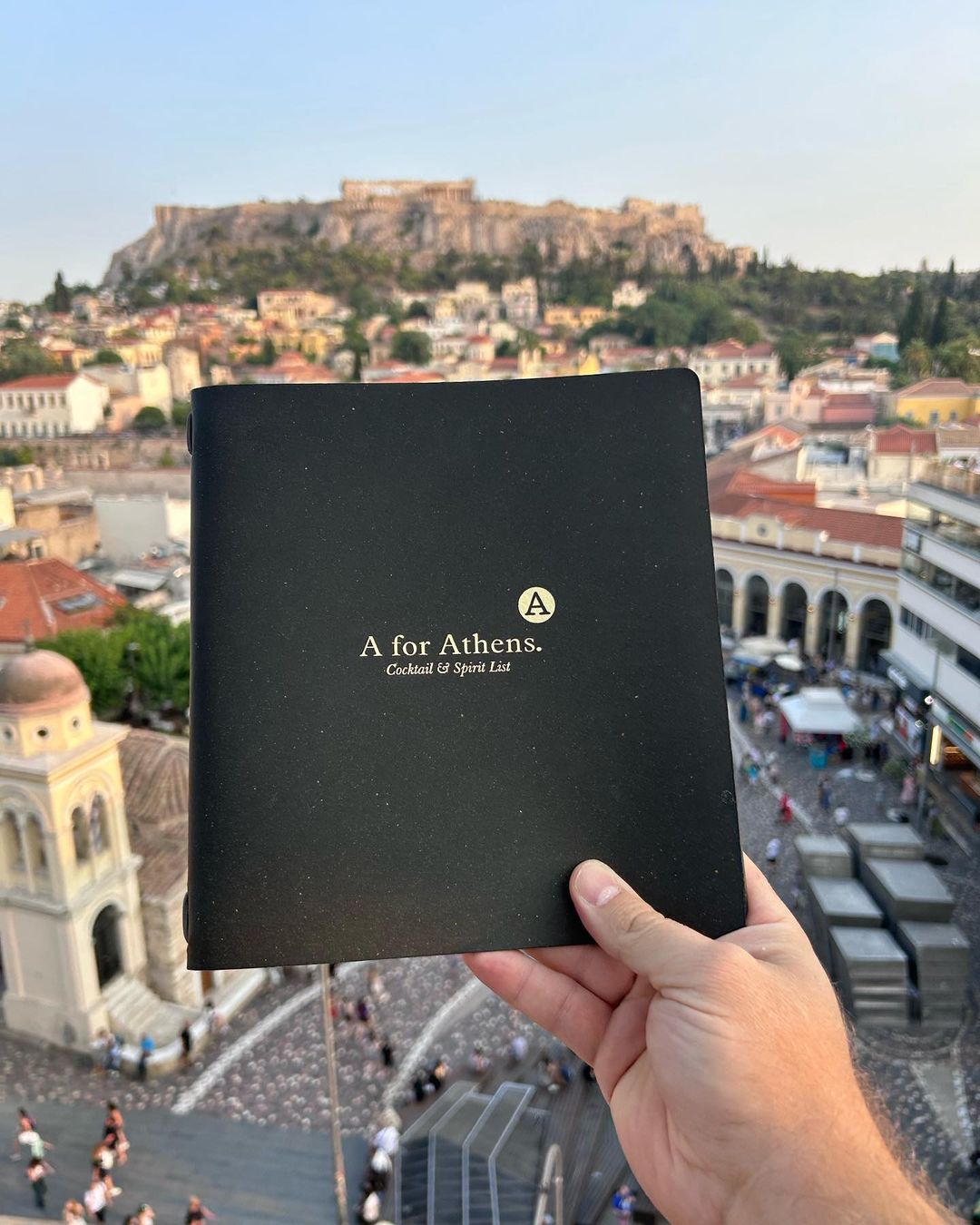
@aforathensbar
Telephone: 210 3244244
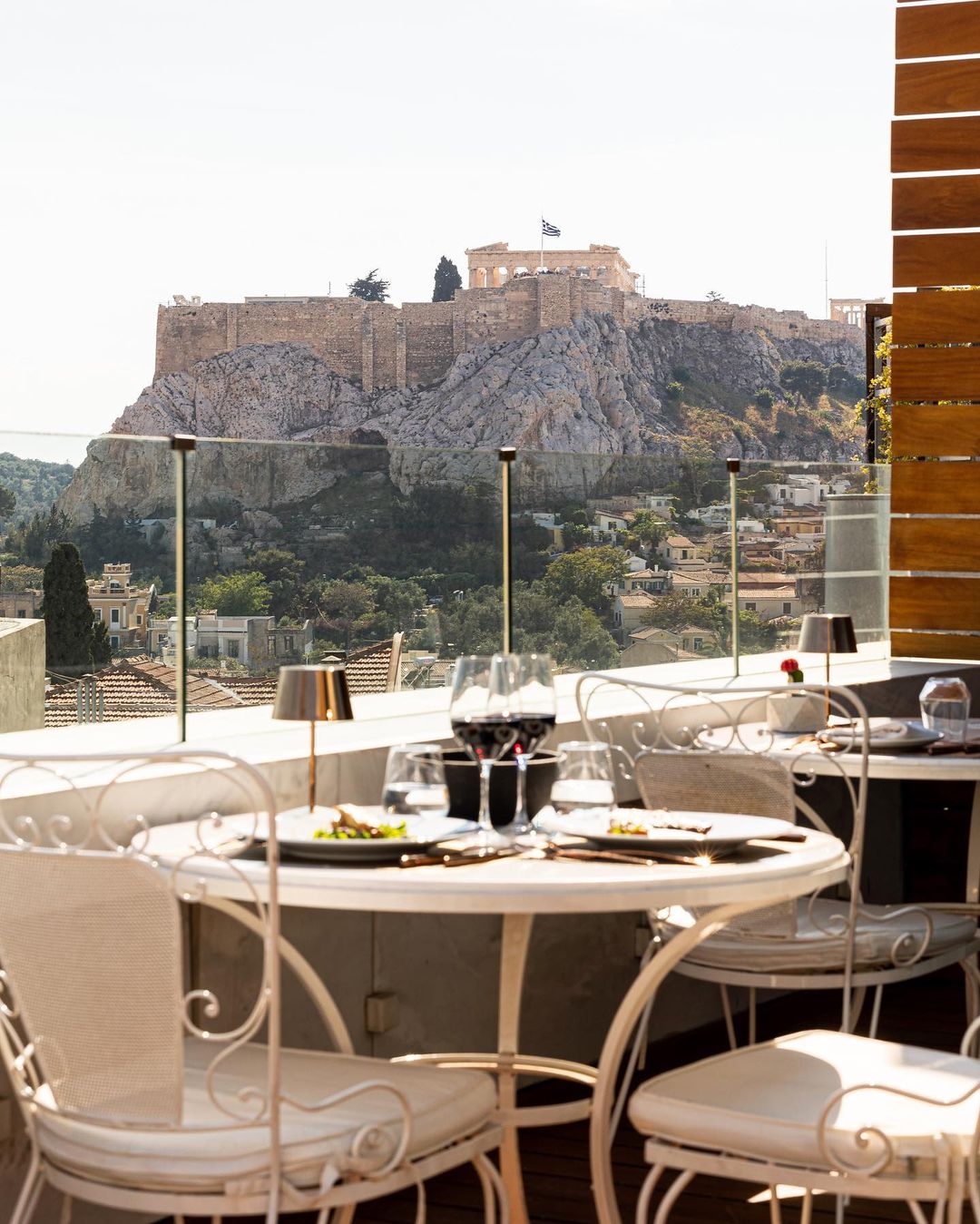
@artlounge_restaurant
Telephone: 694 637 9500
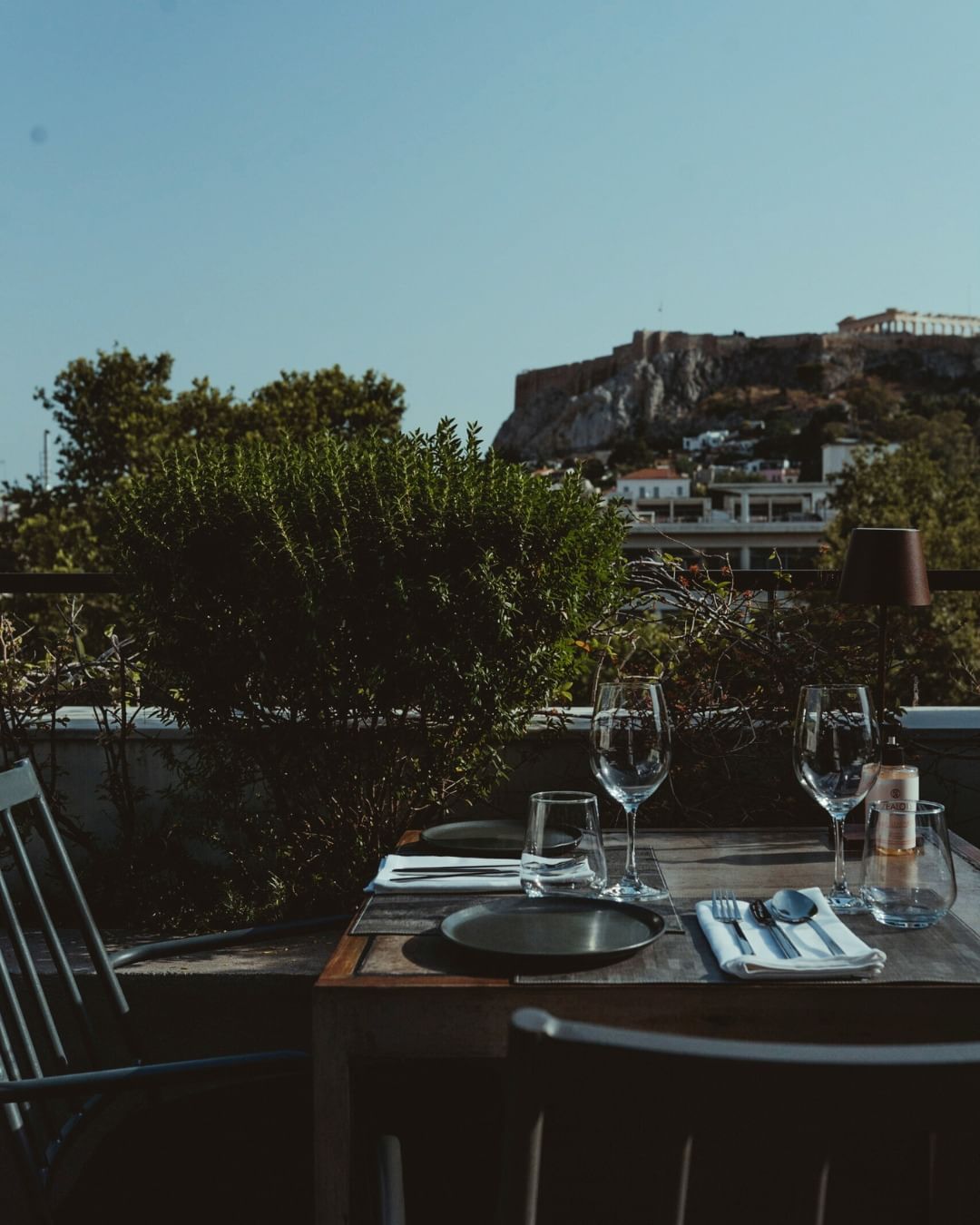
@the_zillers
Telephone: 210 3222277
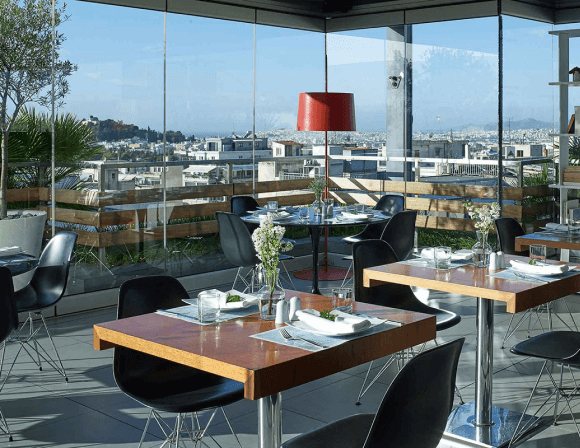
Credit: Fresh Hotel
Telephone: 21 0524 8511
Main Photo Credit: GB Roof garden
A Photo Of The Full Moon Over The Parthenon Goes Viral
The Impressive Armata Festival On Spetses Island
Every year, the renowned Armata Festival takes place on the island of Spetses on the second weekend of September. The festival celebrates Panaghia Armata (Virgin Mary of the “Armata”) and commemorates the great Naval Battle of Spetses which took place on September 8, 1822.
This great victory was accomplished thanks to the bravery of Spetsiot Captain Kosmas Barbatsis, who managed to set the Turkish Flagship on fire and blow it up. His brave act is re-enacted every year with dramatizations of this victory culminating in the burning of a Turkish Flagship replica followed by an impressive fireworks show.
XpatAthens Welcomes Nadia Georgiou
We are always looking to meet and connect with new content contributors. If you believe that your content would be a positive addition to XpatAthens, click here to learn more about working with us!
We are very happy to welcome Nadia Georgiou
as an official XpatAthens content contributor.
Who Is Nadia Georgiou?
As a strong believer in "taking my responsibility in order to bring results" she founded "It's my life" life coaching services after more than 25 years in international corporate communications and while on top of her career. The creator of the seminars "Become Who You Really Are" for women and "We Are Not Born Parents. We Become Parents" for parents, she works with women who dare to live life on their terms, with parents who dare to try new approaches and with children of all ages, especially teenagers, who dare to take charge of their life early on - from all over the world.
Working together, like a coach and an athlete, she will be your avid supporter, your close and trusted partner, who listens to you while gently pushing you with care to discover your personal strength, break your fears and move from your "comfort zone" to the area of unlimited possibilities that exist within you. Nadia will give you the tools, know-how, and confidence to conquer your every new goal.
Nadia is also certified in Yoga Laughter, Pranic Healing and Body Mirror System of Healing and Self Knowledge. A Greek-American based in Athens, she's conversant in French and Italian. Trained at the Robbins Madanes Training Center and the National and Kapodistrian University of Athens, she holds a Bachelor's degree in Marketing Management and a Master's in Communications and Public Relations. Nadia is married and has a daughter; she loves traveling, the arts, children's laughter and red wine.
Greece Among The First EU Countries To Test Vaccination Passport
Greece is among the first countries that will participate in the trials for issuing “green” digital certificates confirming that travelers have been vaccinated against Covid-19.
The green digital certificate will be technically ready on June 1 and will operate fully on June 30.
Originally published on ekathimerini.com.
Why Kalamata Olives Are One Of The Healthiest Foods On Earth
This dark cherry-sized fruit — yes, the olive is a fruit — that has been used by Greeks for thousands of years not only tastes great, but it also serves up a host of nutritional benefits.
It’s no secret that doctors and dieticians call it one of the healthiest foods on earth and that’s because they are high in sodium, rich in healthy fats, and contain a natural antioxidant.
Kalamata olives contain a range of health-promoting vitamins and minerals and are particularly high in iron and vitamin A. It is said that regular consumption may help lower the risk of cardiovascular disease and various cancers.
History of Kalamata olives
The earliest cultivation of olive trees was probably over five thousand years ago, since Ancient Greek times. Despite being known as ‘Greek black olives,’ they are in fact deep purple in color and compared to green and black olives, they are bigger in size and have plumper, oblong shape.
Growers pick these Kalamata olives by hand to avoid bruising the fruit. Following the harvesting of the olives, workers either process them into olive oil or prepare them to be table olives.
Kalamata olives contain a stone in the middle, and generally, they are not pitted before being sold. However, when fresh the olives are incredibly bitter, and so they enter a process of ‘debittering.’
General Nutrition of Kalamata Olives
Kalamata olives are a good source of fiber, calcium, vitamin C, vitamin A, vitamin E, and vitamin K. They also provide some magnesium, phosphorous, and potassium per serving as well as B vitamins.
While Kalamata olives are high in fat considering their serving size, the majority of their fat is monounsaturated, also known as a “healthy” fat. It is said a 4-tablespoon serving of Kalamata olives has 2.7 grams of monounsaturated fats and 0.3 grams of polyunsaturated fats.
To read this article in full, please visit: greekcitytimes.com



